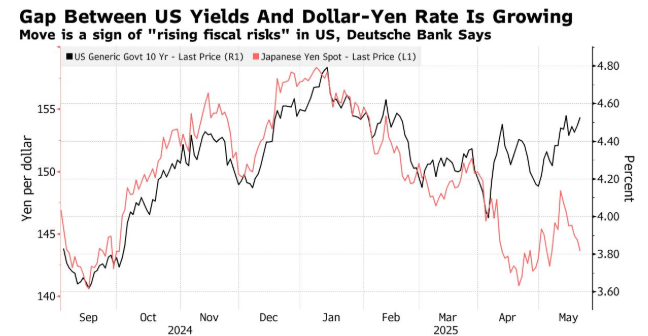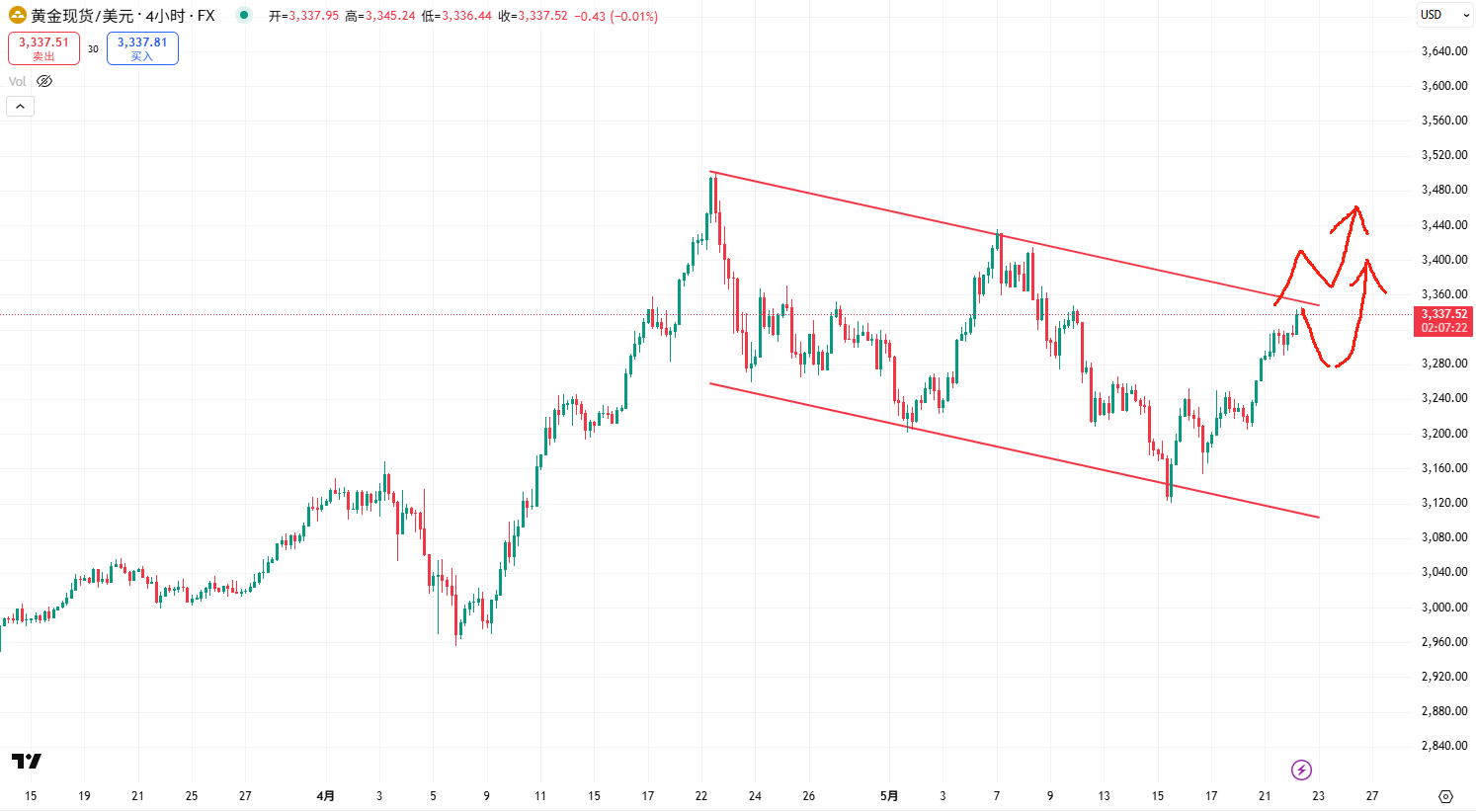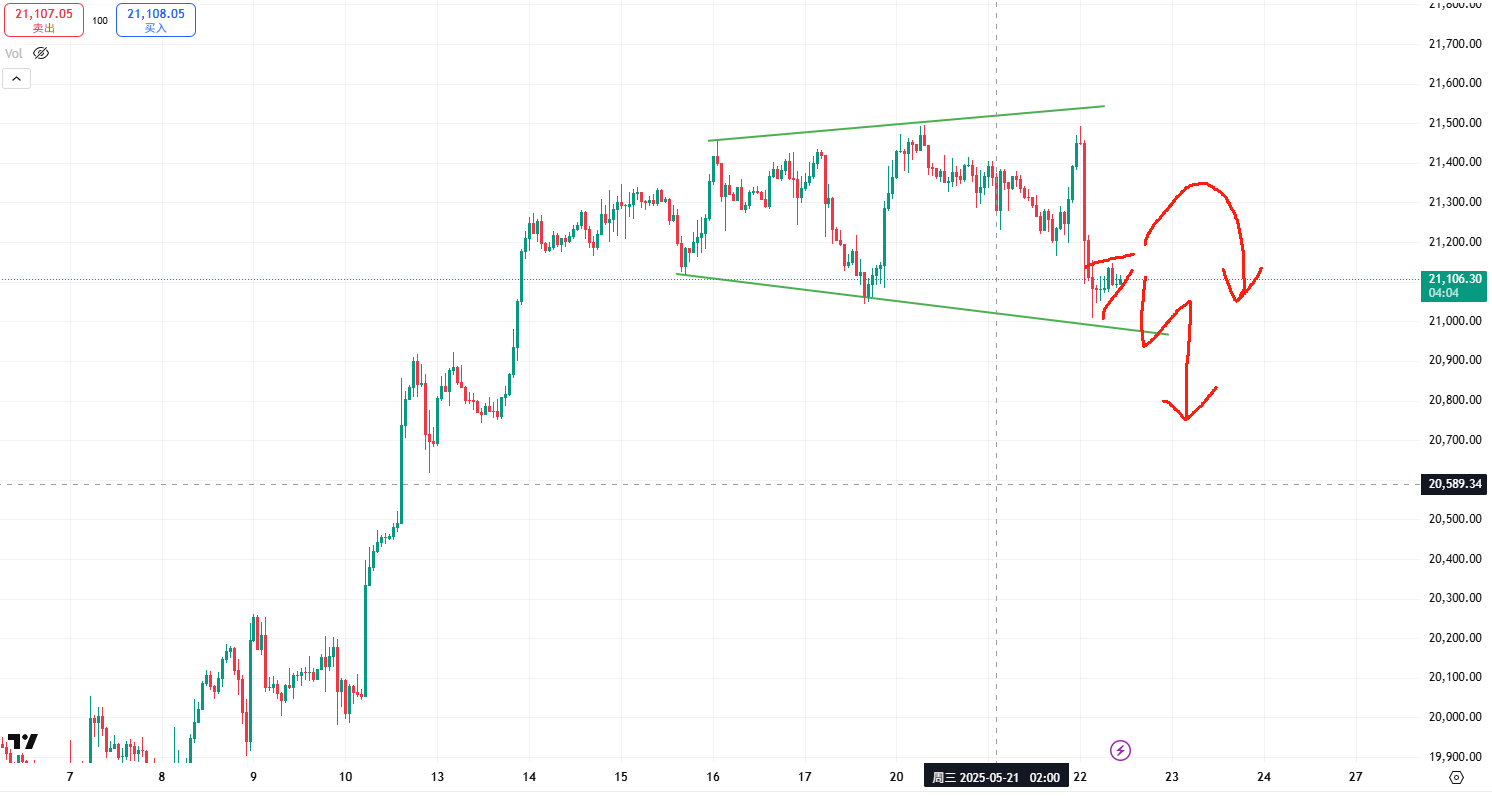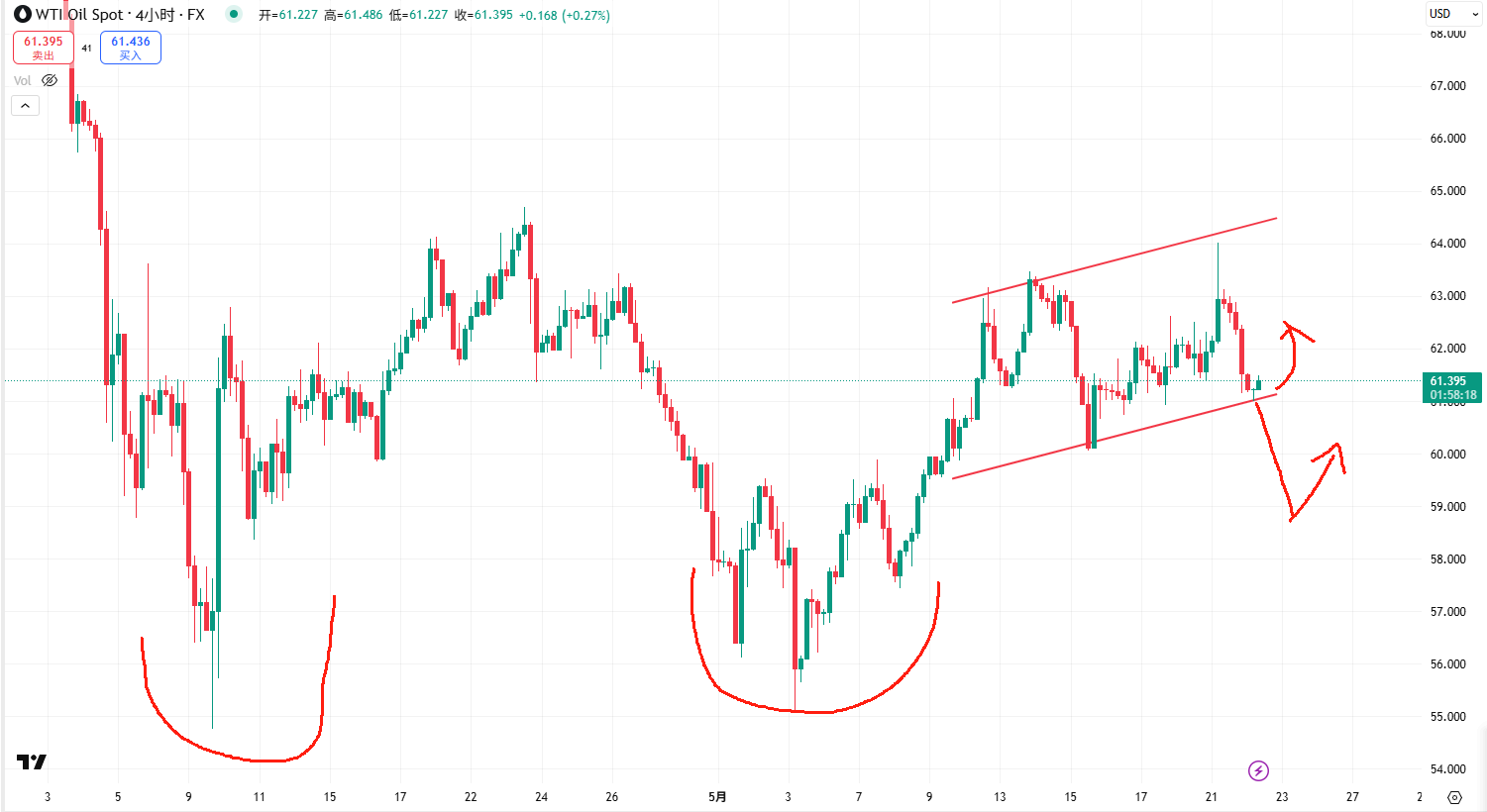Deutsche Bank said that US Treasuries are facing increasingly fierce competition from Japanese bonds. The rise in Japanese bond yields has made US Treasuries more attractive to local buyers.
George Saravelos, the head of foreign exchange research, pointed out that recently there has been a divergence between US yields and the Japanese yen exchange rate. He called this move “the most important market indicator of the accelerating fiscal risk in the US”, as it shows that cautious foreign buyers are withdrawing from the US Treasury bond market.
Saravelos wrote in a report: “Even as US Treasury yields rise, the yen is strengthening. We believe this is evidence that foreign investors’ participation in the US Treasury market is declining.”

Economic uncertainty and concerns over the Bank of Japan’s reduction in bond purchases have recently hit Japanese debt, pushing the yield on 30-year government bonds to its highest level since records began in 1999. Demand for 20-year government bonds at Tuesday’s auction hit its lowest level in more than a decade.
Now that yields have risen to a certain level, they are starting to attract overseas investors including Vanguard and RBC BlueBay Asset Management. Domestic buyers may follow suit.
Matthew Hornbach, a strategist at Morgan Stanley, wrote in a report that 30-year Japanese government bonds are sending a worrying signal to US Treasuries.
But he said, “Investors seeking alternatives to long-term US Treasuries should be aware that long-term Japanese government bonds could be a value trap,” and warned that Japanese government bonds “could depreciate further due to structural oversupply and insufficient demand.”
The yield on 30-year US Treasuries jumped to 5.1% on Wednesday, just below the highest level in 20 years. The yield on 10-year US Treasuries rose 11 basis points to 4.6%.
Saravelos of Deutsche Bank wrote: “The sell-off of Japanese government bonds is a bigger problem for the US Treasury market. By making Japanese assets an attractive option for local investors, it encourages investors to further divest from US assets.”
Japan is the largest overseas holder of US Treasury bonds, with holdings amounting to 1.13 trillion US dollars as of March. This is the result of years of ultra-loose monetary policy, which has prompted overseas domestic buyers to seek higher returns.
Investors are uneasy about US bonds because of speculation that Washington’s latest spending plan lacks sufficient cost cuts or revenue to pay for the upcoming tax cuts. Moreover, Moody’s has just downgraded the US AAA rating.
Technical analysis:
Gold: Since the overnight session, the price has been consolidating near the upper edge of the downward channel. Some recent fundamental news has been favorable for the price. The continued US intervention in Huawei’s chips and the fruitless negotiations on the Iranian nuclear issue have both dampened the previous overly optimistic sentiment. Today, we only focus on the breakthrough situation against the upper edge. We will attempt to buy on a pullback after a breakthrough and buy on a liquidity sweep if it slides. For detailed positions, please consult the plugin.

(Gold 15-minute chart)
The plugin is updated from 12:00 to 13:00 every trading day. If you want to experience the same plugin as shown in the chart, please contact V: Hana-fgfg and note “666” in the message.
The Nasdaq: The price has recently shown an expanding pattern, indicating that the momentum of the bulls has started to slow down at this point, but the bears have not yet taken full control. However, it is important to note that the straightforward upward trend has changed. In terms of operation, more attention should be paid to bearish signals. We will closely monitor the breakdown signal near 21,100 today; or wait for a rebound to the 21,300 – 21,400 area to find a better shorting opportunity. For detailed positions, please consult the plugin.

(NASDAQ 15-minute chart)
The plugin is updated from 12:00 to 13:00 every trading day. If you want to experience the same plugin as shown in the chart, please contact V: Hana-fgfg and note “666” in the message.
Crude oil: The potential double bottom formation in the early stage remains unchanged. The near-term trend has entered a channel consolidation. If the lower line of the channel is not broken, it should continue to be bullish and capture long signals. If the lower line of the channel is broken, then it should wait for the liquidity to be swept at around 59 before buying again at an opportune time. For detailed positions, please consult the plugin.

(Crude Oil 15-Minute Chart)
The plugin is updated from 12:00 to 13:00 every trading day. If you want to experience the same plugin as shown in the picture, please contact V: Hana-fgfg and note “666” in the message.
Today’s key economic data and events to focus on:
15:30 Germany May Markit/BME Manufacturing Purchasing Managers’ Index (PMI) Preliminary Value
16:00 Eurozone May Markit Manufacturing Purchasing Managers’ Index (PMI) Preliminary Value
16:30 UK May Markit/CIPS Manufacturing Purchasing Managers’ Index
18:00 UK May CBI Industrial Order Expectations Diff.
20:30 U.S. Seasonally Adjusted Initial Jobless Claims (in thousands) (to May 17)
21:45 US May Markit Services PMI Preliminary Value
22:00 US April NAR seasonally adjusted existing home sales (annualized monthly rate)

